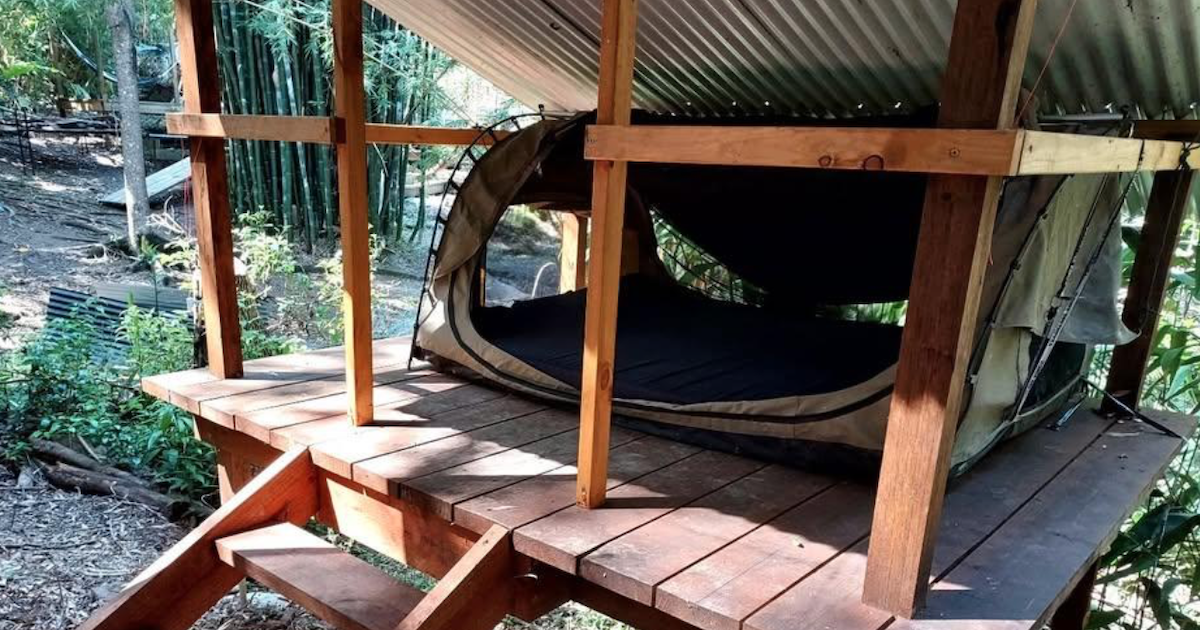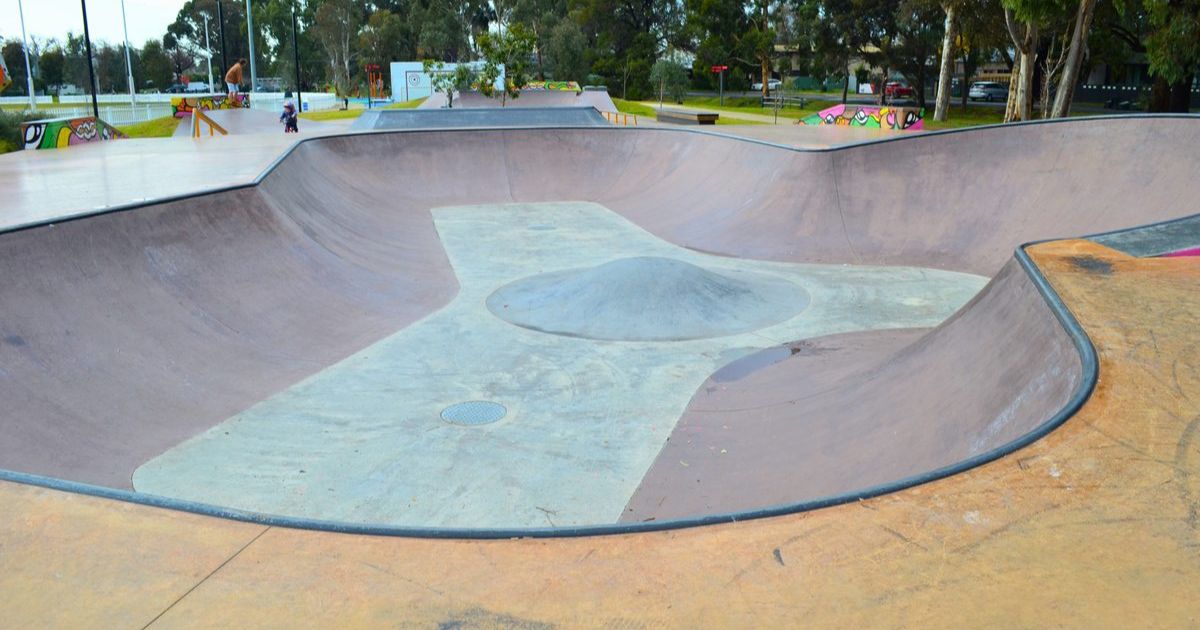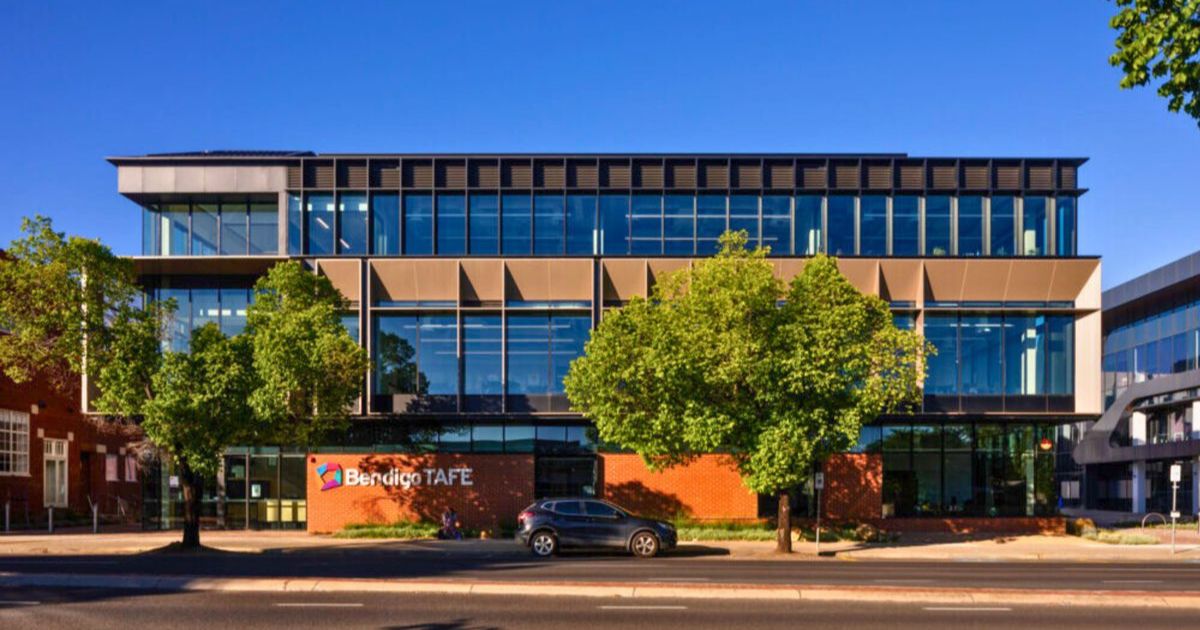Rate cap set
By Lachlan Ellis
Moorabool Shire Council has voted not to seek a rate cap variation, keeping the rate cap at the State Government’s 3.5 per cent recommendation.
Under the Fair Go Rates system, the State Government sets a yearly rate cap – a maximum amount local government can increase rates – with any further increase requiring approval from the State Government.
Last December, the State Government set the rate cap for the 2023/24 financial year at 3.5 per cent, half the Consumer Price Index (CPI) of 7 per cent at the time.
Cr David Edwards asked at last weeks Ordinary Meeting of Council, if there would be a need for Council to spend less on services for the community to account for the cap being below inflation, but Council CEO Derek Madden said that wouldn’t be necessary.
“No, our financial modelling hadn’t factored in the 7.5 per cent CPI that it seems to be running at, at the moment. The model is based on assumptions which are roughly in around where this cap has come in,” Mr Madden said.
Cr Paul Tatchell suggested Council should undertake some long-term planning regarding the repercussions on Councils who set their rates below CPI.
“Do we need to do some modelling over the next 10 years? One thing we have noticed since the Fair Go Rates system has come into place, is that what you did yesterday will have a dramatic effect in a compounding way, over a 10-year period,” he said.
“Have we done modelling that would reflect that, with an understanding of what detriment that would have on the Shire’s finances over probably the 5, 6, 7, 8, 9th year?”
Mr Madden said Council does do quite a lot of modelling and tend to go out 10 to 15 years.
“Cr Tatchell is exactly correct, you can deal with these issues for one or two years, but it’s actually the compounding issue that really comes home to roost,” he replied.
“We do do a lot of sensitivity analysis and testing, and we’ll hopefully be taking the Councillors through that as part of this year’s budget process, because one of the big factors is interest rate rises, and what they’re doing to future modelling going forward. That is something we do a number of different scenarios on.”



















